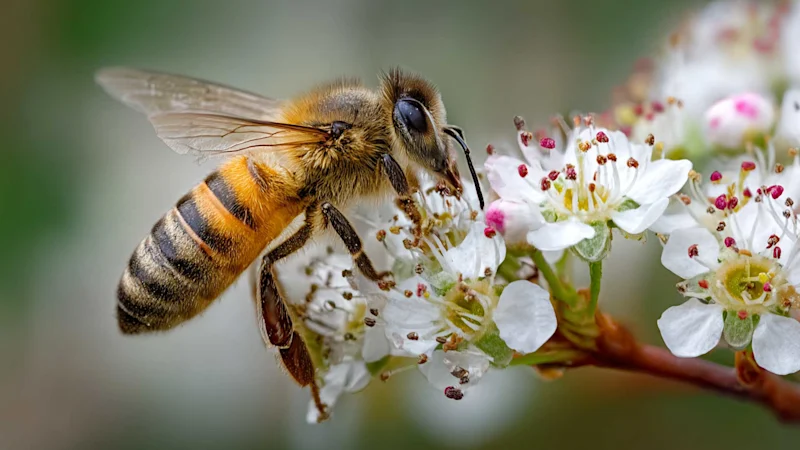
Illinois to Ban Nonbiodegradable Plastic Glitter in Personal Care Products by 2029
Illinois will prohibit nonbiodegradable plastic glitter in personal care products by 2029, impacting manufacturers, retailers, and regulators alike.


The U.S. Environmental Protection Agency (EPA) has proposed the registration of three new products containing Vadescana dsRNA—a biotechnological active ingredient developed by GreenLight Biosciences—for targeted control of Varroa mites in honeybee hives. Open for public comment until 12 June 2025, the proposal introduces a gene-specific approach poised to replace broader-spectrum chemical treatments.
This marks a strategic development for professionals in agriculture, chemical manufacturing, and environmental compliance, as RNA-based pesticides signal a move toward precision pest control with minimal ecological disruption.
Vadescana dsRNA is a recombinant double-stranded RNA molecule specifically engineered to silence genes in Varroa destructor, a parasitic mite and leading cause of honeybee colony collapse. It employs RNA interference (RNAi) to inhibit vital mite functions, resulting in pest death without affecting bees or other non-target species.
Developed by GreenLight Biosciences, this innovation exemplifies the shift from conventional chemical formulations toward biological precision in pest management. The products proposed for registration include one manufacturing-use (EP15 Technical) and two end-use variants (EP15 Formulations at 4g/L and 2g/L), all intended for direct application in hives.
The EPA’s human health and environmental risk assessments found no concerns associated with Vadescana. Its species-specific action, lack of bioaccumulation, and rapid environmental degradation distinguish it from legacy chemicals that may persist in ecosystems or harm beneficial organisms.
There are no expected impacts on endangered species, and its safety profile supports broader acceptance of RNAi in regulatory frameworks still adapting to these novel tools.
Traditional pesticides—such as neonicotinoids and pyrethroids—affect broader biological systems like the nervous system and often pose collateral risks to non-target species. They are also more prone to resistance development, environmental persistence, and human toxicity concerns.
In contrast, RNA-based pesticides:
This positions RNAi technology as a pivotal advancement in chemical safety and sustainability—key values for a compliance-conscious industry.
Varroa mites threaten bee health and pollination-dependent crop production. By facilitating safe in-hive treatments, the EPA’s proposal supports both pollinator protection and food security. Stakeholders across the supply chain—from input manufacturers to agricultural producers—stand to benefit from reduced regulatory risk and improved environmental credentials.
Foresight continuously tracks 1000s of sources and maps updates to your portfolio:




Illinois will prohibit nonbiodegradable plastic glitter in personal care products by 2029, impacting manufacturers, retailers, and regulators alike.

Switzerland plans to simplify pesticide approvals by recognising EU-authorised substances, but the reform awaits formal entry into force.

EPA draft risk evaluation finds octamethylcyclotetrasiloxane (D4) poses significant risks to workers and aquatic life, signalling regulatory change for industry.
Subscribe to Foresight Weekly and get the latest insights on regulatory changes affecting chemical compliance.
Free forever. Unsubscribe anytime.
Read by professionals at